Review by Wallace Wyss –
Title: The Cars of Harley Earl
Author: David W. Temple
Publisher: Car Tech
Format: Hardbound, 192 pages
Price: $42.95
Available at Amazon Here – this is an affiliate link.
It is almost incomprehensible to size up the impact of Harley Earl on American car design in the 20th Century. The 6′ 6″ giant of a man was born at the right time in the 19th century (1893) and he grew up along with the American auto business.
His father in California was a wagon and carriage builder–but when cars came along he segued right into modifying cars, building special cars for early movie stars like “Fatty” Arbuckle. As a child, young Harley simultaneously began building clay models of cars with mud from the riverbed near his Pasadena home. When he grew up, he joined his father building the custom specials. Later, when he went to GM, he took along the idea of making cars of clay while deciding on the final design.
The author tells how it was that Harley was hired–a GM high official visiting Los Angeles saw the custom cars he was building for movie stars and made him an offer to be GM’s first design director. But I feel the author didn’t go into that enough to show how, before Earl, styling wasn’t thought of as important and engineers dictated what a car would look like. Hiring Earl changed all that.
Temple does effectively convey how powerful Earl became at GM and how his power grew every year. The narrative slows down when he explains how Earl, prior to WWII, had a lot to do with the LaSalle car, one positioned above Buick but below Cadillac but that section of the book bogs down with endless descriptions of models that are hardly remembered.
The story gets better after the war when Earl had the first “dream car” built–the “Y-job”–and insisted that the dream cars GM built be drivable. He even loaned them out to celebrities or sold them to celebrities.
Author Temple devotes pages on the Design Damsels, a group of women designers who got some publicity and reveals how sexist Earls’ successor was, Bill Mitchell, who, when he took over, banished them from working as a group or getting credit. So looking back I have to admire Earl for allowing women to influence the colors and selection of interior materials for the GM cars for a few years. Earl gets deserved credit, too, for pioneering lots of unusual materials–fiberglass for some prototypes, (and the production Corvette) the stainless steel roof on some production cars. He also went for the pillarless hardtop which I think helped sell a lot of cars. Not mentioned in any other car books I’ve read is that a GM designer, on his own time, and with his own car, had built such a car and Earl decided to have GM use the idea.
Earls’ relationship with Italy is not explained. Was he personal friends with Battista Pinin Farina ? How was it he chose them to build some prototypes and even 200 Cadillac limos? Did GM’s use of Ghia have something to do with Chrysler choosing an Italian coachbuilder to build their dream cars? Not mentioned.
The European trips by Earl and Mitchell are mentioned but I would have liked to hear if they hung out with the Italian coachbuilders socially or if their meetings were strictly business. An interesting part of the book, and detailed in another Temple book as well, is the internecine war within GM between the Earl contingent and the upcoming Bill Mitchell contingent toward the end of Earl’s career. In a nutshell, the younger contingent thought Earl hadn’t kept up with the times and, while Earl was in Europe, changed some upcoming designs without his approval.
It’s sad in a way. Here, Earl invents car styling, helps GM sell 100’s of millions of cars with his designs, then is shunted off because he didn’t change with the times. But then you have to remember he was even from another century–from back before cars were even invented!
So in a nutshell, this book offers good insight into Harley Earl but if they re-edit it for a future edition, I’d like to glimpse more of Earl the man, and even hear what rival design directors thought of him (while they still are around, most would be in their 80s or ’90s). They can throw out the mentions of horsepower and wheelbases.
I feel the significance of Harley Earl to the American auto industry is so important, Earl should be studied in Marketing classes worldwide as the man who came into an industry, and brought ideas to create demand. He was so successful that, at one time, GM dominated the American automobile industry. This book gives us a glimpse of the man but next time I hope there is less space devoted to the wheelbase of this and the hp. of that so space can be devoted to what the man thought and how he prevailed.
Let us know what you think in the Comments.
THE REVIEWER: Wallace Wyss is the author of 18 car books and co-host of Autotalk, a show broadcast weekly on KUCR FM Riverside.

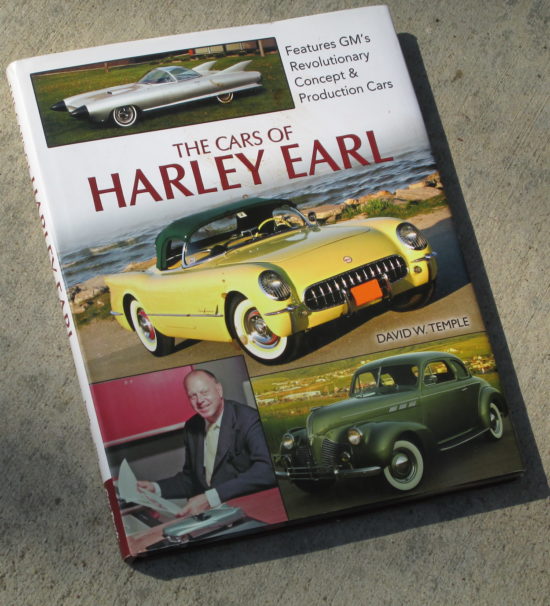
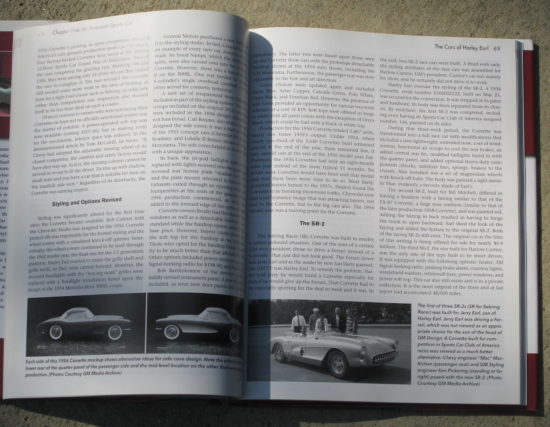
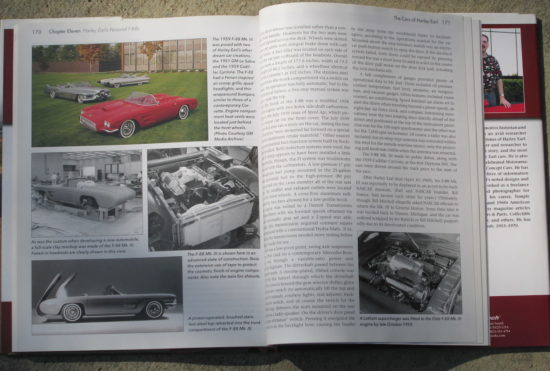
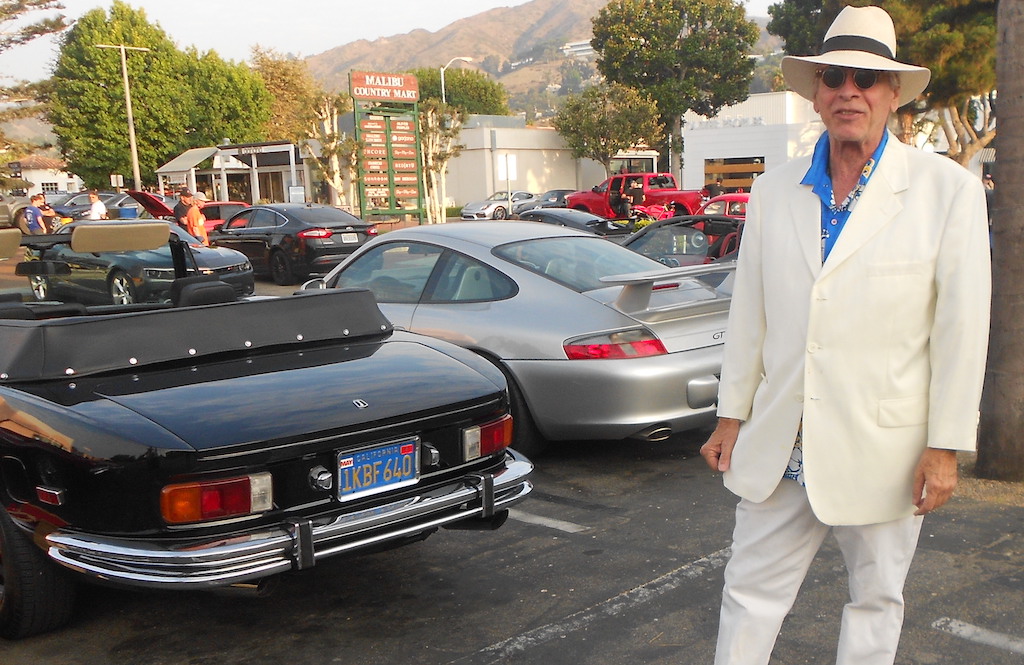
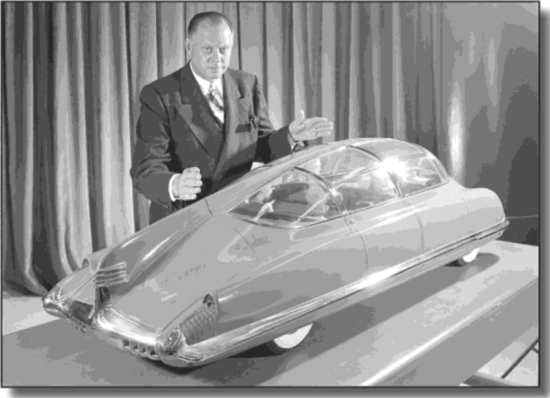
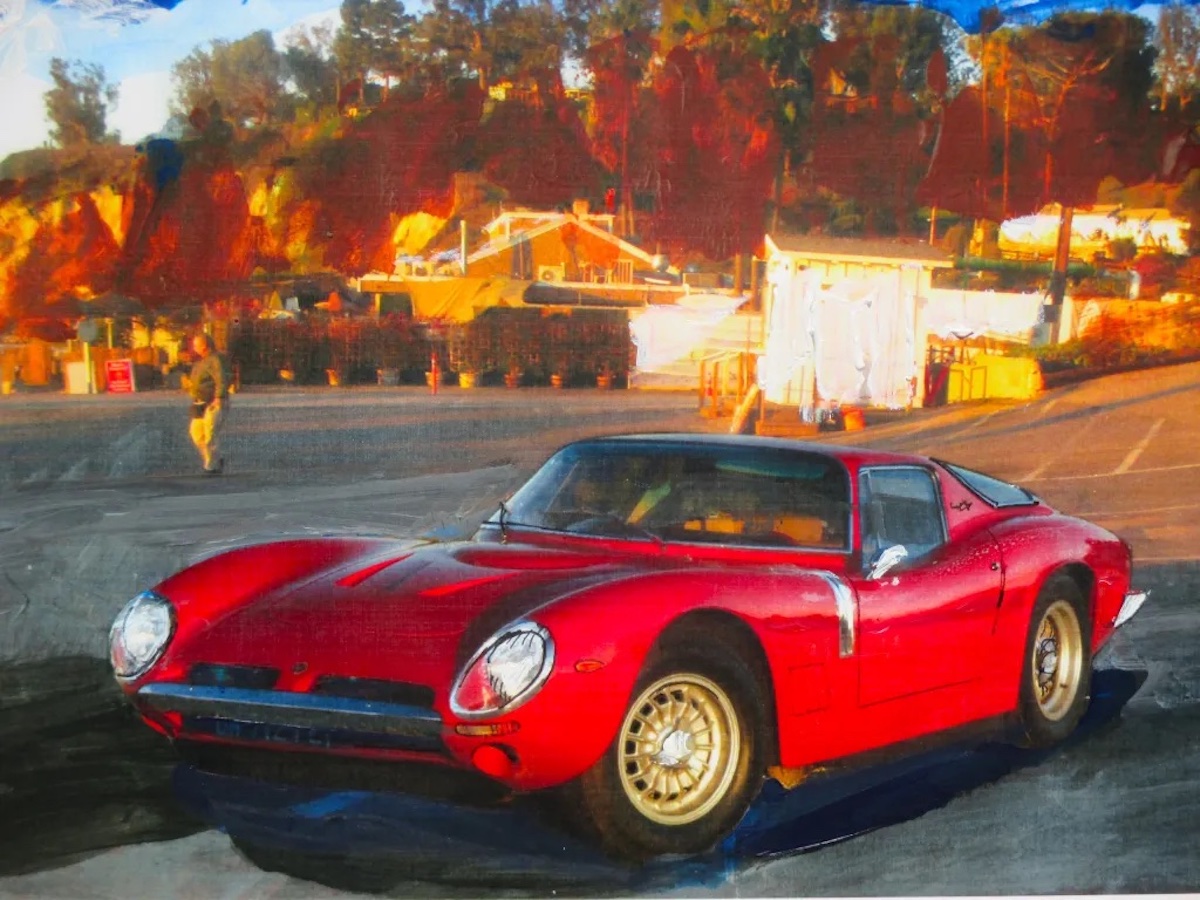

Earl reached retirement age of 65. He was hardly ‘shunted off’.
Technically you are correct, but the fact that his underlings maneuvered to make changes in the upcoming cars without his permission tells me that he was being shunted off to Buffalo, or wherever, and not taken seriously anymore. Remember I said he was born in the previous century before there were cars sold en masse so it’s natural that the youngins thought he was well past his prime. Hey I am having the same trouble at my age, trying to describe to these newbies what a CD player is, or say a typewriter
Someone remembers a pre-war LaSalle. Seen at Tucson’s Coffee and Cars last Saturday.
Didn’t Archie & Edith Bunker own one of those?
I don’t about that, but one is mentioned in the theme song.
Here is another Earlmobile at the same show. 1954 Corvette Blue Flame Six.